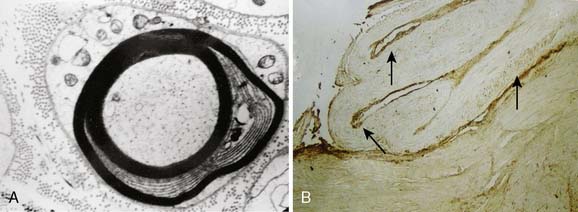Figure 56-1 A and B, T1-weighted magnetic resonance imaging scan with gadolinium demonstrates diffuse pachymeningeal enhancement.
The patient has a history of hypertension, probable coronary artery disease, and previous episodes of pneumonia. She had had a cholecystectomy, lysis of abdominal adhesions, abdominal hernia repair, benign breast biopsy, total abdominal hysterectomy, and bilateral salpingo-oophorectomy.
Medications include verapamil, furosemide, metoprolol, hydrochlorothiazide, ranitidine, lorazepam, vitamin B12, and ketorolac.
General examination showed a mild degree of peripheral edema, hyperpigmentation, hypertrichosis below the knees bilaterally, and multiple hemangiomas on the hands and trunk. On neurologic examination, she demonstrated diminished short-term memory. There was mild constructional apraxia. On cranial nerve examination she had grade II papilledema. All other cranial nerves were within normal limits. On motor examination, there was distal weakness in all limbs. The feet are flail below the knees. The hands, particularly the first dorsal interosseous and abductor pollicis brevis, are wasted bilaterally. On sensory examination, she had diminished light touch, temperature, and vibratory sensation in a glove-and-stocking distribution up to the knees and wrists. There was hyperesthesia to pin-prick and temperature perception in the feet up to the knees. She was diffusely areflexic. Coordination showed finger-to-nose and heel-to-shin appropriate for weakness. She could not stand without assistance.
The following gave abnormal results: thyroxine 2.9, serum prolactin 143.8, follicle-stimulating hormone (FSH) less than 0.3, platelet count 604,000, and serum protein electrophoresis demonstrated IgG λ monoclonal protein, total IgG 1310 mg/dL. Anti–myelin-associated glycoprotein antibodies were negative. GM1 antibodies were elevated at 25 enzyme immunoassay (EIA) units (normal <10). A computed tomography scan of the chest showed pleural effusion.
Biopsy of the right thumb lesion showed a pyogenic granuloma (lobular capillary hemangioma). Lip biopsy showed no amyloidosis. Bone marrow biopsy showed 5.5% plasma cells. Gracilis muscle biopsy showed neurogenic atrophy. Gracilis motor nerve and medial cutaneous nerve of the thigh showed mixed demyelinating and axonal neuropathy. Electron microscopy demonstrated widely spaced lamellae (Fig. 56-2A). Metastatic bone survey demonstrated a proximal left humeral osteosclerotic lesion thought to be a bone island; however, on biopsy, there were scattered plasma cells.

Figure 56-2 A, Gracilis motor nerve and medial cutaneous nerve of the thigh showed mixed demyelinating and axonal neuropathy. Electron microscopy demonstrated widely spaced lamellae. B, Immunostain of the meninges. Vascular endothelial growth factor reactivity in smooth muscle cells and endothelium (arrows).
Further study of the meningeal biopsy was normal except for rare hemosiderin granules. There was striking immunoreactivity for angiogenic growth factors (see Fig. 56-2B). VEGF and GLUT1 reacted strongly to endothelium and smooth muscle cells within meningeal vessels, which were not seen in controls.
The patient was placed on prednisone and received five treatments of plasma exchange without any demonstrable improvement. The nerve biopsy site was complicated by a seroma that resolved spontaneously. In subsequent admissions, she developed necrotic skin ulcers on the anterior legs, thighs, and the abdomen. Biopsy showed necrotic tissue without evidence of active vasculitis. The patient expired 1 year later. No autopsy was performed.
Stay updated, free articles. Join our Telegram channel

Full access? Get Clinical Tree








